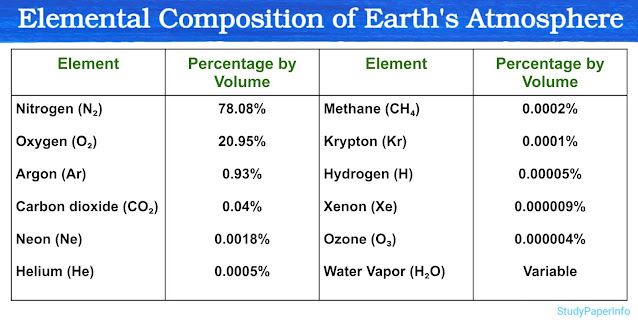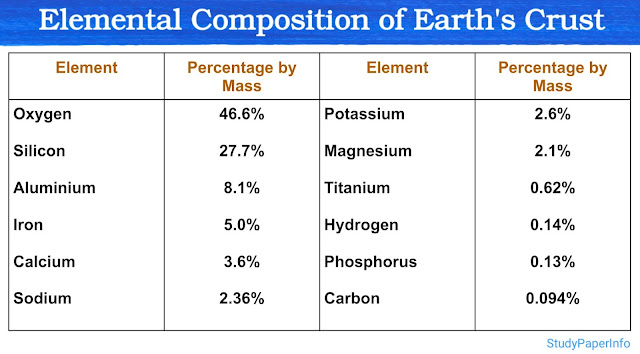How does radiation therapy work?
Radiation therapy is a treatment method that works by using ionizing radiation to damage or destroy unwanted cells in the body. This therapy is most commonly used to control or eliminate abnormal cell growth. The core idea behind radiation therapy is to deliver energy into the tissues in such a way that it damages the DNA inside the cells. Once the DNA is damaged beyond repair, the cells lose their ability to divide and eventually die. The working of radiation therapy is not based on general heating or burning of tissue. Instead, it is based on precise physical and biological effects caused by high-energy radiation. The therapy uses highly focused radiation so that diseased or fast-dividing cells are affected more than normal cells. To clearly understand how radiation therapy works, we need to study it in six main steps or components, which are: Type of radiation used (ionizing radiation) Mechanism of DNA damage (direct and indirect) Cellular response to DNA damage Radiation...








